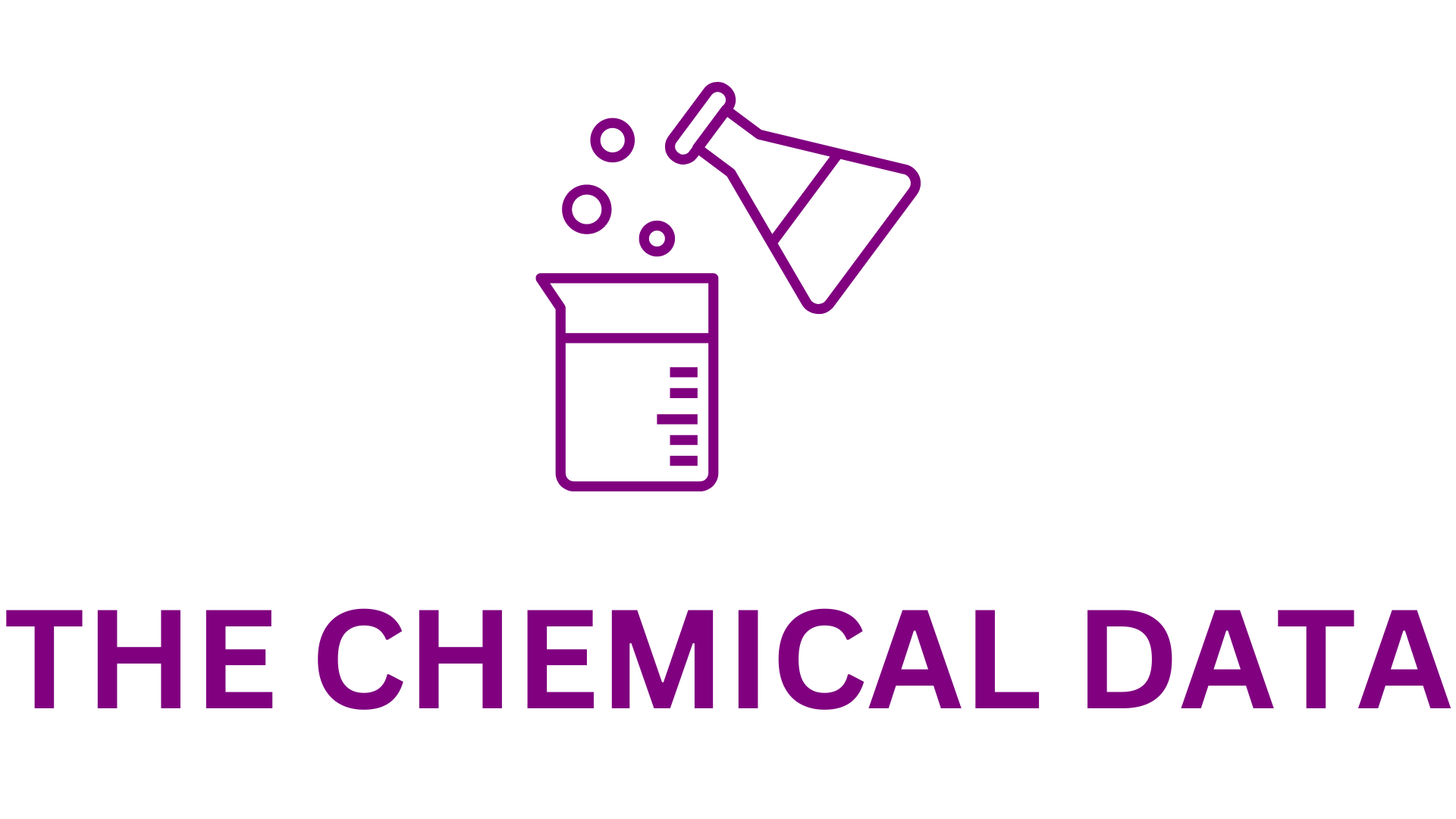
This extensive 600-page report offers a comprehensive analysis of the global biobased polymers and plastics market, providing insights into the latest technological advancements, market trends, and growth prospects in this expanding sector.
The market for biobased polymers and plastics is rapidly growing as industries and consumers shift towards sustainable alternatives to traditional petroleum-based materials. This sector is crucial for advancing towards a circular and environmentally friendly economy. Biobased polymers, sourced from renewable biomass such as corn, sugarcane, and cellulose, have the potential to significantly reduce carbon footprints and reliance on fossil fuels.
Beyond environmental benefits, this market is driving innovation across various industries, including packaging, consumer goods, automotive, and construction. With increasing regulations on single-use plastics and carbon emissions, biobased alternatives are essential for companies aiming to achieve sustainability goals and retain consumer confidence.
The development of biobased polymers is also advancing agricultural practices, biorefining technologies, and materials science. This innovation is generating new economic opportunities, particularly in rural areas where biomass feedstocks are cultivated and processed. The market’s growth is encouraging investment in research and development, leading to improvements in the performance and cost-effectiveness of bioplastics.
Report Highlights:
- Market Segmentation: Analysis by polymer type, application, and region, including production volumes, consumption patterns, and growth forecasts. Focus on the transition from first-generation to advanced biomass feedstocks and the integration of recycled content in bioplastics.
- Technology Assessment: Overview of advancements in biobased polymers, including:
- Fermentation and biorefining processes
- Polymer blending and compounding innovations
- Biodegradability and compostability improvements
- Enhanced barrier properties and heat resistance
- Integration of recycled content
- Development of new biomass feedstocks
- Regulatory Landscape: Examination of regulations affecting bioplastics, such as:
- Single-use plastic bans and restrictions
- Biodegradability and compostability standards
- Recycling regulations and infrastructure
- Carbon pricing impacts
- Government incentives for biobased products
- Opportunities for Growth:
- Advanced biorefineries for integrated production
- Expansion into high-performance engineering plastics
- Customization for specific end-use requirements
- New applications for lignin and other bio-based materials
- Potential for carbon-negative plastics through biomass and carbon capture
- Competitive Landscape: In-depth analysis of the competitive environment, including:
- Market shares of leading biopolymer producers
- Profiles of over 500 key players
- Strategic initiatives, partnerships, and M&A activities
- Investments in capacity expansion and technology
- Emerging start-ups and their innovations
Companies Profiled:
- Avantium
- BASF
- Biome Bioplastics







